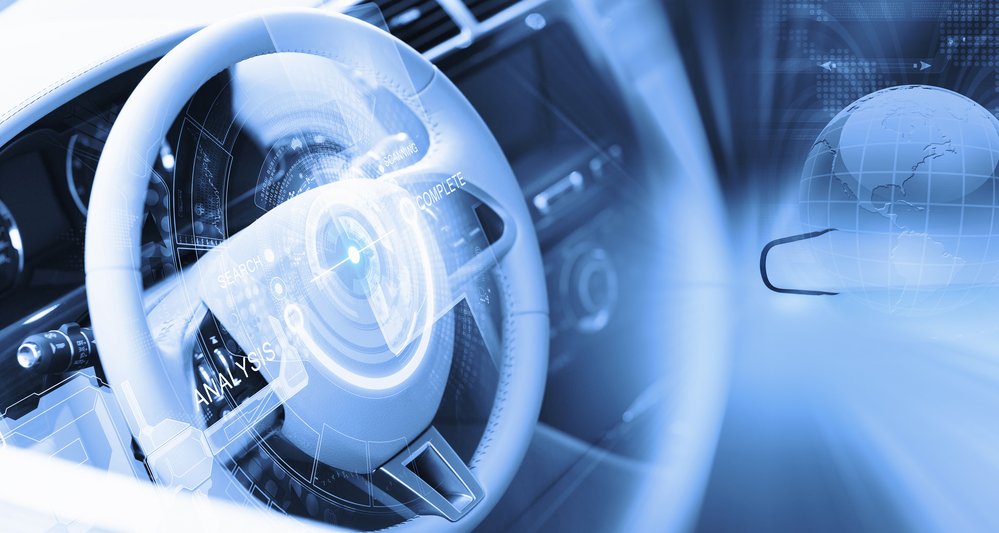Analysis: Digital technology’s role in personalizing the auto service experience
Share
Share

There is reason to be optimistic about the future of the automotive aftermarket industry. As reported by Auto Services World, the auto care sector market in Canada remains resilient, even amid economic uncertainty and change. This reflects similar positive signs seen in the U.S. and elsewhere.
This resilience depends on striking the right balance between people and technology. Many companies have made a living on the strength of their people, building lasting relationships by treating customers as “more than a number,” as the adage goes. However, providing this level of personal attention has become much harder in recent years, as time, resources and talent have been stretched thin, leading many shops to turn (or look to turn) to technology for assistance.
By leveraging the latest digital technologies, automotive service centres can continue to build resilience and bolster operations in the years to come. Let’s explore.
Offer superior service and personal touch
For shops to compete (beyond price alone), they must offer better customer experience. As reported earlier this year, consumers increasingly prefer independent repair shops because of their convenience, shorter wait times and reliability. The challenge is to maintain that preference with more new vehicles entering the market and older vehicles staying on the road longer.
Digital touchpoints offer one way for shops to deliver even better customer service. For example, self-serve kiosks or tablets can speed up customer check-ins and help build more robust, easily searchable digital records. Digital signage can also be used to accurately predict and display wait times, communicate important dealership information (such as status in the queue), and offer add-on services based on customer history — all of which help staff deliver better personal service. These are the types of experiences modern consumers expect in their lives: They can guide their own journey while knowing that personalized help is just a moment away, if the situation requires.
Offer faster, more accurate, service
Dealerships of all sizes want to take advantage of new tools and diagnostics capabilities. But first a word of caution: Deploying technology for technology’s sake will likely not have the desired effect.
For example, an inspection camera can be a useful tool, but how will data be captured, where will it be stored, how will teams share it and, ultimately, how will the data be fed back into the customer experience to deliver personal touch? Not considering these points almost inevitably results in an inefficient process, as well as lost opportunity and frustration for workers and business owners.
Connected systems change the equation — effectively bringing together digital tools across the organization to empower personalized experiences.
In the above scenario, that inspection camera can be connected to a tablet or laptop, where images can be downloaded and shared automatically, eliminating the need for time-consuming write-ups. After procuring the information, the business can use it to offer a personalized experience for the customer, who can see their specific vehicle, understand its service needs, and view as much or as little additional detail as they desire. This not only establishes trust (an important part of any relationship) but also lets shops validate their work, educate buyers, and engage in meaningful conversation.
Offer tailored promotions and deals
As a consumer, is there anything worse than getting unsolicited emails and texts about services you don’t need — or, worse, services you’ve had recently that you’re being targeted for again? These kinds of actions hurt business reputations and leave the consumer annoyed. Sure, sending blanket offers may be successful at times in today’s cost-conscious environment, but there are more efficient and targeted options.
By moving from paper-based to digital solutions, shops can quickly tailor their offerings to different customers. For example, using a connected laptop or tablet, a team member greeting a customer for an oil change can record answers to questions about the customer’s preferences, such as whether they like to have their filters and tire pressure checked.
One step further — will this person be driving a lot in the future, or in what conditions do they typically commute? Capturing this information digitally makes it easy to set up alerts or check-ins to personalize future communications around service needs.
With more economic flux expected throughout 2025, the importance of offering an unmatched, personalized service experience cannot be overstated. Digital technologies — including tablets, diagnostic tools, signage applications, and check-in kiosks — are effective tools for delivering engaging, highly personalized customer experiences.
The latest technologies also bolster the people side of the service equation, as knowing a customer’s history, understanding their challenges, and demonstrating pricing transparency through digital signage can help businesses form — and keep — the long-term relationships that remain central to business success.
Jay Burdette is the senior director of the Enterprise Process Innovation Center at Panasonic Connect North America
Leave a Reply